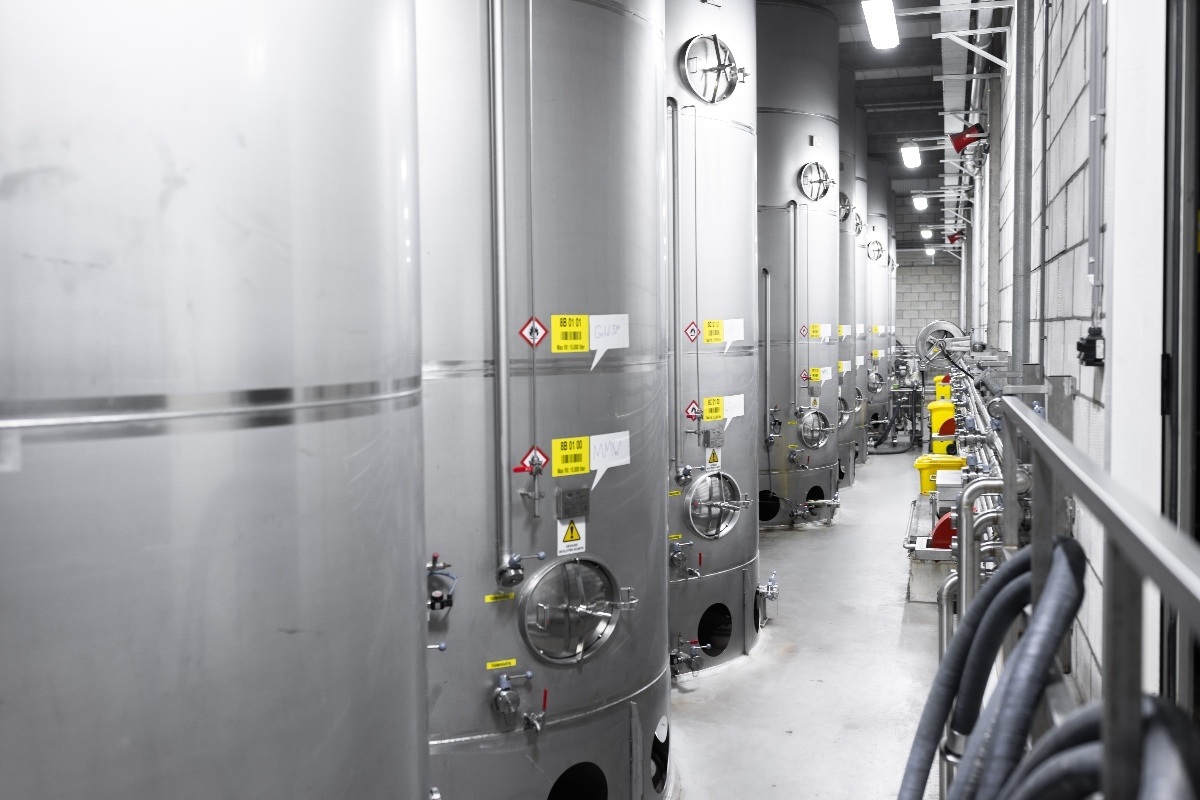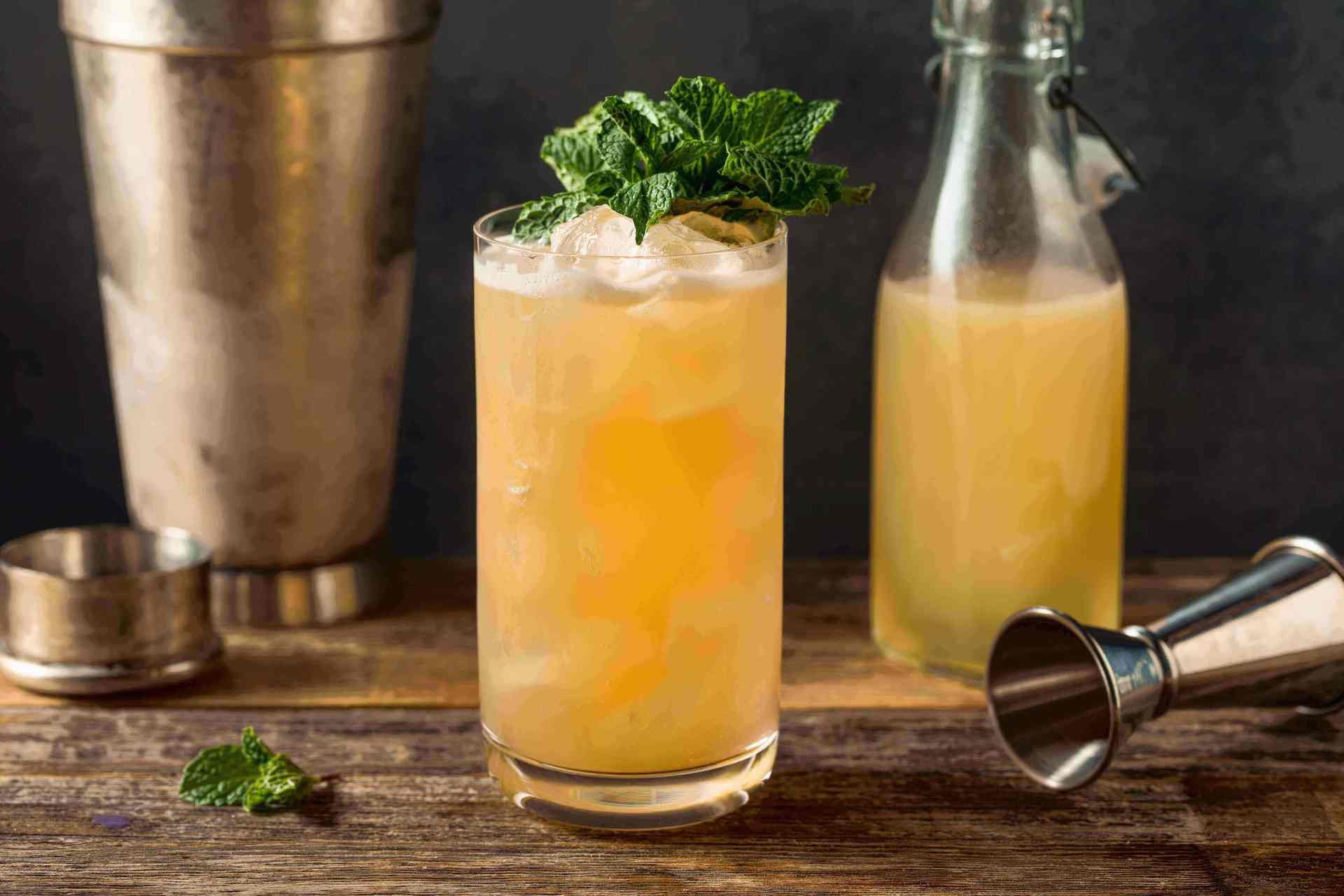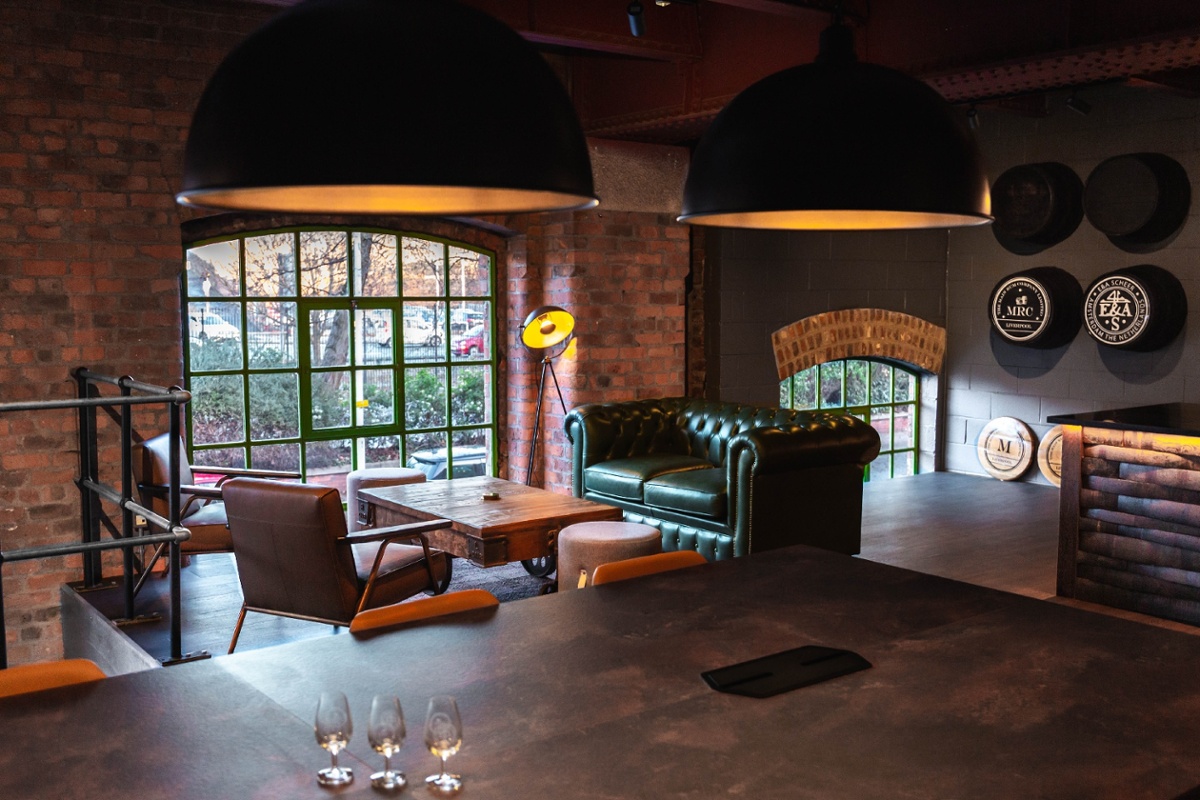5 Steps to Help You Start A Successful Rum Brand

Launching a new Rum brand is exciting and challenging, particularly in the highly competitive beverage alcohol industry. Achieving success requires more than a quality product; it demands a comprehensive business plan, a thorough understanding of market dynamics, and collaboration with reliable production partners.
With over three centuries of experience in the Rum industry, we have had the privilege of working with Rum brands across the globe, including those starting from the ground up. Below, we present a brief startup guide on activities to consider when starting a Rum brand.
Step 1: Performing research
Good planning is success half-done. Before launching your Rum or liquor brand, it is essential to gain a thorough understanding of the market and its key players, particularly in competitive industries like alcoholic beverages. Early on, it is important to address fundamental questions, such as, "What opportunities exist in the market?" and "How can I position my brand to capitalise on these opportunities?"
Below are some areas you could pursue before starting your Rum brand.
Conduct thorough market research
In the beverage alcohol industry, effective market research is vital. Market research provides valuable insights into your target audience, competitors, and emerging trends in the spirits market. A comprehensive research process will inform your brand strategy, ensuring your messaging and product offerings align with consumer preferences and market demands.
Develop a strong business plan from the very beginning
After you have mapped out the market, it is time to turn your attention to building a strong business plan. Your business plan should include details about your brand identity, as well as your operations plan. Zone into the kind of brand you want to create. Your brand story should connect emotionally with consumers, especially in a competitive market like the beverage industry. Then, decide your supply sources. A trustworthy supplier makes all the difference in quality and reputation.
Tip: Work with a trusted production partner
Choosing the right production partner is paramount to maintaining consistent product quality. A partner with extensive experience and a network in the industry is recommended.
Step 2: Ensuring compliance
A key component to a successful liquor business is staying compliant with rules and regulations in the markets that you want to operate in. That includes the law on product quality and representation, but also the ones that address intellectual property matters. Furthermore, consider striving for other dietary certifications as you see fit.
Obtain federal permits and licenses
In the United Kingdom, getting a federal permit to start a liquor business is mandatory, along with any required permits from the state government. Additionally, if you plan to trade internationally, you must work with agencies like the Tobacco Tax and Trade Bureau (TTB) in the US to ensure compliance with all federal government regulations for alcohol distribution and sales. For example, in a previous article, we have detailed the possible legal requirements for alcohol labelling. Naming conventions and age statements are some of the concerns that you will need to bear in mind.
Obtain sustainability certifications
Obtaining sustainability certifications demonstrates a commitment to ethical sourcing and environmental responsibility. These certifications involve thorough reviews of practices like waste management and fair labour, enhancing transparency. For example, in Rum, Bonsucro can be considered one of the golden standards for fairtrade sugarcane production.
Protect your brand name
Protecting a brand name in the beverage industry is crucial for maintaining market presence and securing intellectual property. Registering the brand name as a trademark in key markets establishes legal rights and helps prevent unauthorised use.
Step 3: Ensuring smooth operations from sourcing to bottling
After you have figured out the direction and provided a good starting point for your business through compliance, start thinking about the production process. Production starts from sourcing raw materials such as sugarcane and yeast and goes all the way to bottling.
Source high-quality ingredients and secure production
The quality of your Rum depends largely on your source ingredients. Finding high-quality ingredients you can stand behind is essential to attract and retain customers. There are ways to source these ingredients. For instance, you can visit the origin to perform a quality check. Alternatively, you can collaborate with Master Blenders, who often maintain strict quality controls and can ensure each batch meets your desired standards.
Focus on brand differentiation with unique blends
Distinguished flavours set your alcohol brand apart. With Rum, that could mean finding a unique distillate or blending a few distillates to achieve a distinct product. Luckily, you can enlist help from professionals for this. E&A Scheer has extensive experience developing blends that resonate with your target market and create a lasting impression.
Think about bottling
The right bottle and label make your product stand out on crowded liquor store shelves. Your packaging should reflect your brand identity and appeal to your target customers. Many governments worldwide require clear, compliant labels. Your label can include information such as an age statement, the alcohol by volume or any other additives.
As a new brand, you have many choices for your bottling partner. Some producers work with bottlers, while others concentrate their bottling operations in-house at their distillery. For bottling, we can easily refer you to one of our many partners, both domestically and internationally.
Step 4: Marketing and launch
Marketing is essential for any brand, but especially for up-and-coming ones. Promoting alcoholic beverages can be challenging if done haphazardly, so it is important to configure a strong promotional strategy. Some of the most effective strategies employed by big names in the industry involve addressing current trends and health concerns. Your marketing strategy should also include your distribution partners and retailer network, who can help you amplify your product’s presence on the market.
Build a network of reliable distributors and retailers
Having a dependable distribution network is essential. Consider working with distributors and retailers who understand the spirits market and can help get your product into the right liquor stores.
Build strong relationships with retailers and consumers
Connecting with liquor stores and retailers who support your brand is important for growth. Hosting tasting events, building a strong social media presence, and engaging with consumers can build a community around your brand.
Step 5: Innovation
Last but not least, innovation keeps the world (of beverages) spinning. To keep your brand at the top of the customer’s mind, it’s important to innovate continuously. Areas of improvement or diversification include flavour profile and marketing messaging, just to name a few. Embrace new trends and incorporate new ideas into your product to keep it fresh for consumers.
Be prepared to evolve as the market changes
The beverage alcohol industry is constantly evolving. Staying attuned to market trends and consumer preferences can help you adapt and keep your brand relevant. Whether it’s a shift in production practices, new flavour profiles, or packaging trends, flexibility is key to staying competitive.
Embrace innovation in flavour and production
Innovation can give your brand a competitive edge. Experiment with different barrels, flavours, and distillation techniques to keep your brand fresh and intriguing. Embracing creativity helps attract customers who seek new experiences in the spirits world.
Endnotes
Launching a Rum brand brings its fair share of hard work and reward. It requires careful planning, creativity, and dedication. By thoroughly researching the market, securing the necessary licenses, focusing on quality production, and crafting a compelling marketing strategy, you lay the foundation for a brand that stands out. Embracing innovation ensures your brand remains dynamic and competitive, resonating with consumers and evolving with industry trends.
With this guide, we hope to give you a brief overview of the steps necessary to start your first Rum brand. While this guide may not include all the nuances you may encounter, it is definitely a helpful compass for navigating the start of your very own Rum brand. Good luck!






